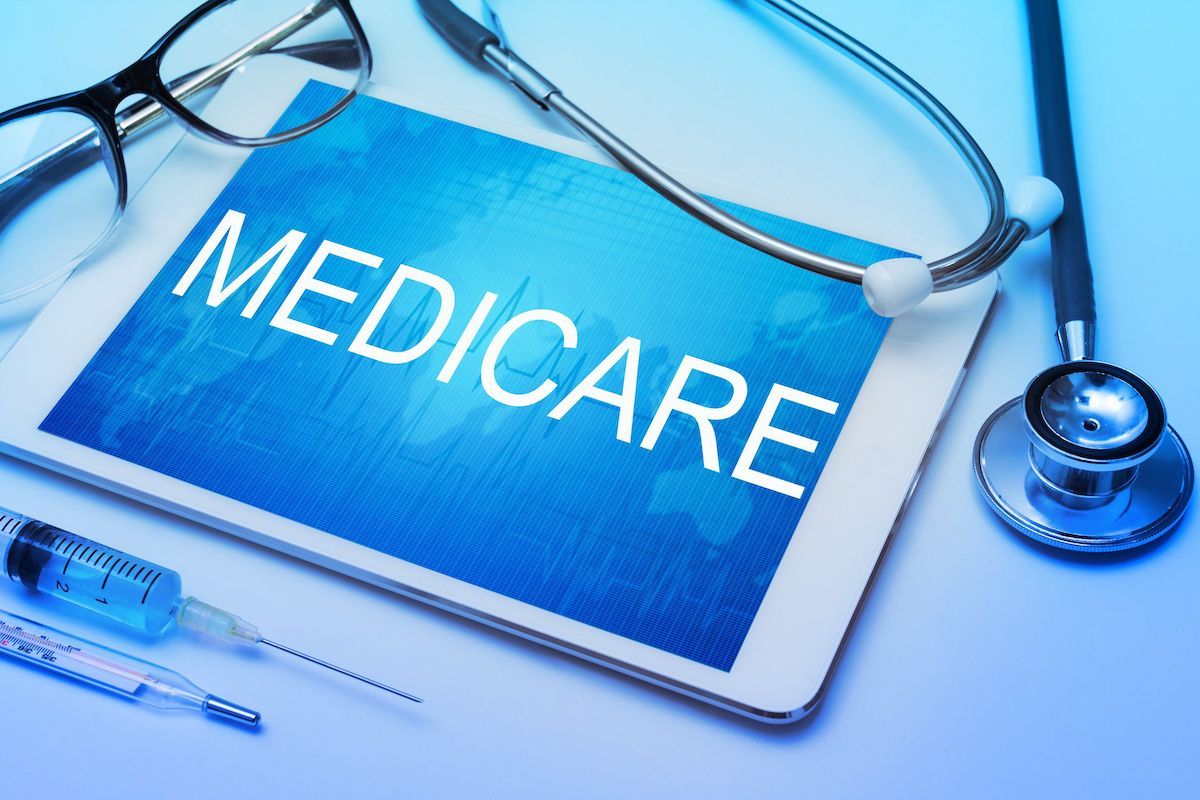Article
Connecting ambulatory providers to the full care continuum
Author(s):
Using care coordination technology can save time and money, improve patient outcomes

Physicians are increasingly responsible for managing their patients’ total cost of care. Unfortunately, when patients receive care outside of their practice, physicians are often left in the dark. With more and more patients receiving care in the ambulatory setting – ambulatory is projected to grow more than 5% each year through 2025 – care coordination is a growing challenge for physicians and practices.
Many practices lack meaningful, real-time visibility into their patients' activities across the care continuum. Physicians may not be aware that their patients are in a hospital or a nursing home until the patient shows up for an appointment many weeks or months later.
Coordination with post-acute and home- and community-based services is a particular gap. For example, while physicians are accustomed to sending electronic referrals to other physicians, the primary way of communicating with a home health agency is via fax.
To manage whole person health for patients, ambulatory providers need tools to connect them with the rest of the care continuum to help control spending, reduce inefficiencies, and improve quality of care.
Gain real-time visibility
As value-based payment models continue to increase, physicians need to know when and where their patients are getting care –be it a hospital, nursing home, or at home – and have better insight into their patients’ care plans.
How can ambulatory providers gain visibility into their patients’ entire care journeys? The answer lies in leveraging care coordination technologies with a scaled network of acute, post-acute, and home- and community-based providers so that physicians can have visibility into the care their patients are receiving and collaborate with other providers to guide care for their patients.
Access intelligence
When equipped with the right data, providers can engage patients at the right time, with the right resources. Analytics derived from real-time data across the continuum can help quickly identify higher-risk patients, prioritize patient workloads, prevent readmissions, and flag additional services needed like personal care or transportation.
For example, by utilizing outcome analytics from thousands of other patients with similar conditions, ambulatory providers can better identify the optimal site of care for a patient being discharged from a hospital. Analytics can be used to match patients to nursing homes and home-based providers based on the patient’s clinical and functional needs. With the right real-time intelligence, physician care teams can ensure patients have a seamless care journey with the right follow-up and timely interventions.
Take action and Influence care
The health care industry continues to be plagued by staffing shortages. By 2025, the U.S. is estimated to face a shortfall of more than 29,000 nurse practitioners and 446,000 home health aides. As ambulatory providers are among the hardest hit, it is critical that they have tools to enable their teams to work at the top of their license.
Manual workflows are growing increasingly impractical for practices, as nurses and front office staff are coordinating with post-acute and home-based providers through calls and faxes. This impacts the amount of time a clinician can spend on care delivery.
Care coordination solutions provide physician teams with the capability to communicate electronically with providers across the continuum, ensuring patient needs are met. The ability to communicate in real time saves time and resources, reduces provider abrasion, and leads to better outcomes for patients.
Ambulatory care is one of the fastest growing markets in the health care industry, and physicians play a key role in the shift to home and value-based care. By adopting technology that connects their care teams to the full continuum – acute, post-acute, and community – physicians gain visibility, intelligence, and the ability to improve care coordination.
Hu is president of connected networks at WellSky





